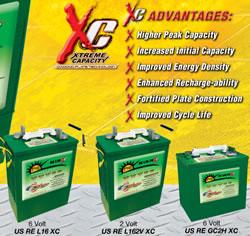Bionic Leaf Uses Bacteria To Convert Solar Energy Into Liquid Fuel
From Science 2.0: Harvesting sunlight is old technology for plants but it's a level of efficiency in solar energy we would love to be within a billion years of - artificial photosynthesis is needed if we want to go beyond the energy density of things like combustion engines.
Solar energy, using electricity from photovoltaic cells to yield hydrogen that can be later used in fuel cells, would be terrific but has technological obstacles. Now scientists have created a system that uses bacteria to convert solar energy into a liquid fuel. Their work integrates an "artificial leaf," which uses a catalyst to make sunlight split water into hydrogen and oxygen, with a bacterium engineered to convert carbon dioxide plus hydrogen into the liquid fuel isopropanol.
Pamela Silver, the Elliott T. and Onie H. Adams Professor of Biochemistry and Systems Biology at HMS and an author of the paper, calls the system a bionic leaf, a nod to the artificial leaf invented by the paper's senior author, Daniel Nocera, the Patterson Rockwood Professor of Energy at Harvard University.
Comments (0)
This post does not have any comments. Be the first to leave a comment below.
Featured Product

U.S. BATTERY RENEWABLE ENERGY SERIES DEEP CYCLE BATTERIES
Our RE Series batteries are designed to provide the highest peak capacity, longest cycle life, and greatest reliability for use in industrial or residential renewable energy applications. Renewable Energy Series batteries utilize the company's exclusive XC2™ formulation and Diamond Plate Technology® to create the industry's most efficient battery plates, delivering greater watt-hours per liter and watt-hours per kilogram than any other flooded lead-acid battery in the market. Our Deep Cycle batteries are engineered to work with solar panels as well as other renewable energy applications.
